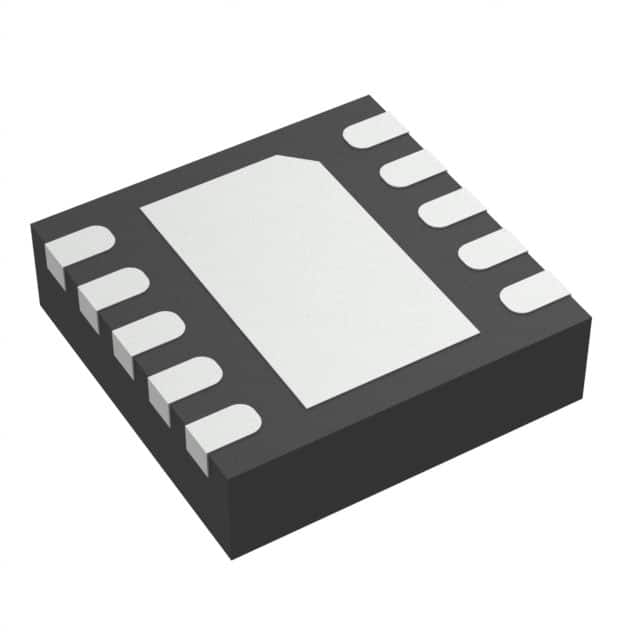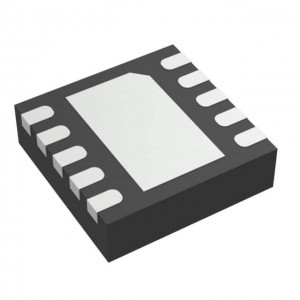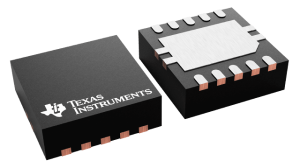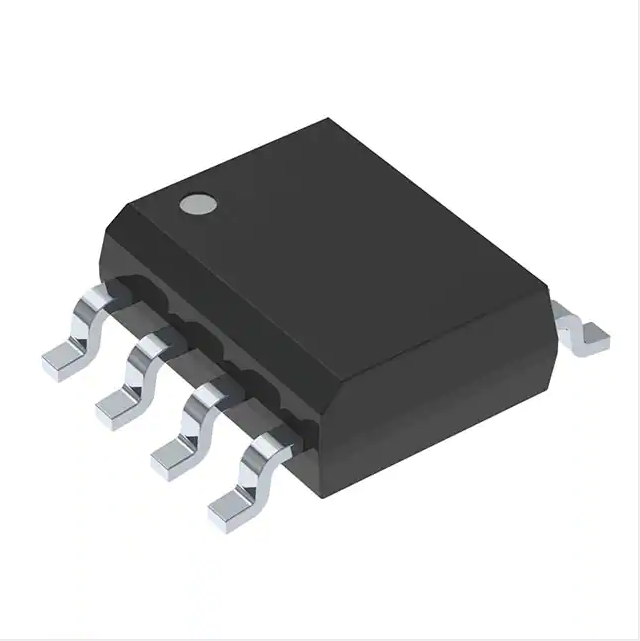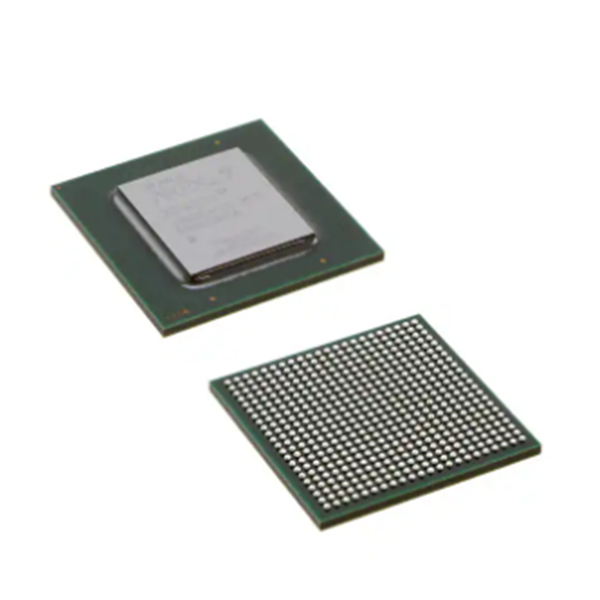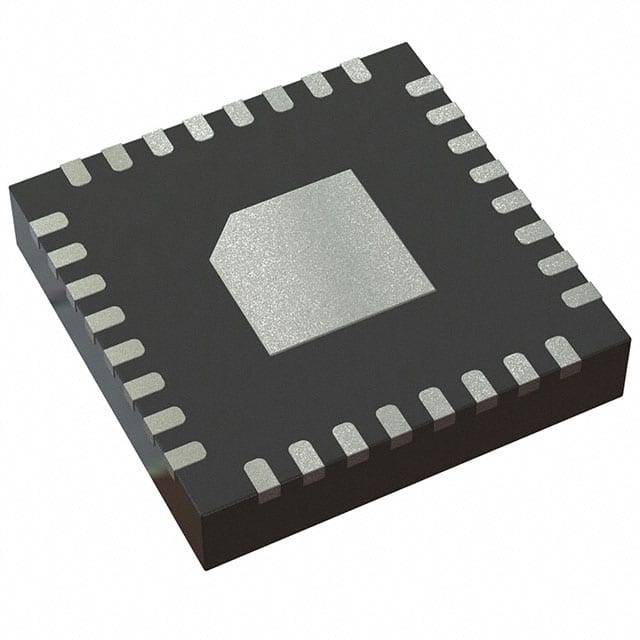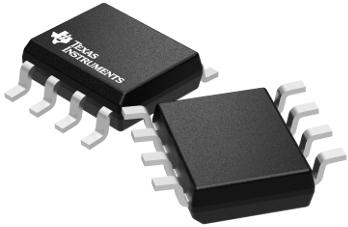Semicon Microcontroller Voltage regulator IC Chips TPS62420DRCR SON10 Electronic Components BOM list service
Product Attributes
| TYPE | DESCRIPTION |
| Category | Integrated Circuits (ICs) |
| Mfr | Texas Instruments |
| Series | - |
| Package | Tape & Reel (TR)
Cut Tape (CT) Digi-Reel® |
| SPQ | 3000T&R |
| Product Status | Active |
| Function | Step-Down |
| Output Configuration | Positive |
| Topology | Buck |
| Output Type | Adjustable |
| Number of Outputs | 2 |
| Voltage - Input (Min) | 2.5V |
| Voltage - Input (Max) | 6V |
| Voltage - Output (Min/Fixed) | 0.6V |
| Voltage - Output (Max) | 6V |
| Current - Output | 600mA, 1A |
| Frequency - Switching | 2.25MHz |
| Synchronous Rectifier | Yes |
| Operating Temperature | -40°C ~ 85°C (TA) |
| Mounting Type | Surface Mount |
| Package / Case | 10-VFDFN Exposed Pad |
| Supplier Device Package | 10-VSON (3x3) |
| Base Product Number | TPS62420 |
Packaging concept:
Narrow sense: The process of arranging, affixing, and connecting chips and other elements on a frame or substrate using film technology and microfabrication techniques, leading to terminals and fixing them by potting with a malleable insulating medium to form an overall three-dimensional structure.
Broadly speaking: the process of connecting and fixing a package to a substrate, assembling it into a complete system or electronic device, and ensuring the comprehensive performance of the whole system.
Functions achieved by chip packaging.
1. transferring functions; 2. transferring circuit signals; 3. providing a means of heat dissipation; 4. structural protection and support.
The technical level of packaging engineering.
Packaging engineering starts after the IC chip is made and includes all the processes before the IC chip is pasted and fixed, interconnected, encapsulated, sealed and protected, connected to the circuit board, and the system is assembled until the final product is completed.
The first level: also known as chip level packaging, is the process of fixing, interconnecting, and protecting the IC chip to the packaging substrate or lead frame, making it a module (assembly) component that can be easily picked up and transported and connected to the next level of assembly.
Level 2: The process of combining several packages from level 1 with other electronic components to form a circuit card. Level 3: The process of combining several circuit cards assembled from packages completed at level 2 to form a component or subsystem on the main board.
Level 4: The process of assembling several subsystems into a complete electronic product.
In chip. The process of connecting integrated circuit components on a chip is also known as zero-level packaging, so packaging engineering can also be distinguished by five levels.
Classification of packages:
1, according to the number of IC chips in the package: single chip package (SCP) and multi-chip package (MCP).
2, according to the sealing material distinction: polymer materials (plastic) and ceramics.
3, according to the device and circuit board interconnection mode: pin insertion type (PTH) and surface mount type (SMT) 4, according to the pin distribution form: single-sided pins, double-sided pins, four-sided pins, and bottom pins.
SMT devices have L-type, J-type, and I-type metal pins.
SIP:single-row package SQP: miniaturized package MCP: metal pot package DIP:double-row package CSP: chip size package QFP: quad-sided flat package PGA: dot matrix package BGA: ball grid array package LCCC: leadless ceramic chip carrier






